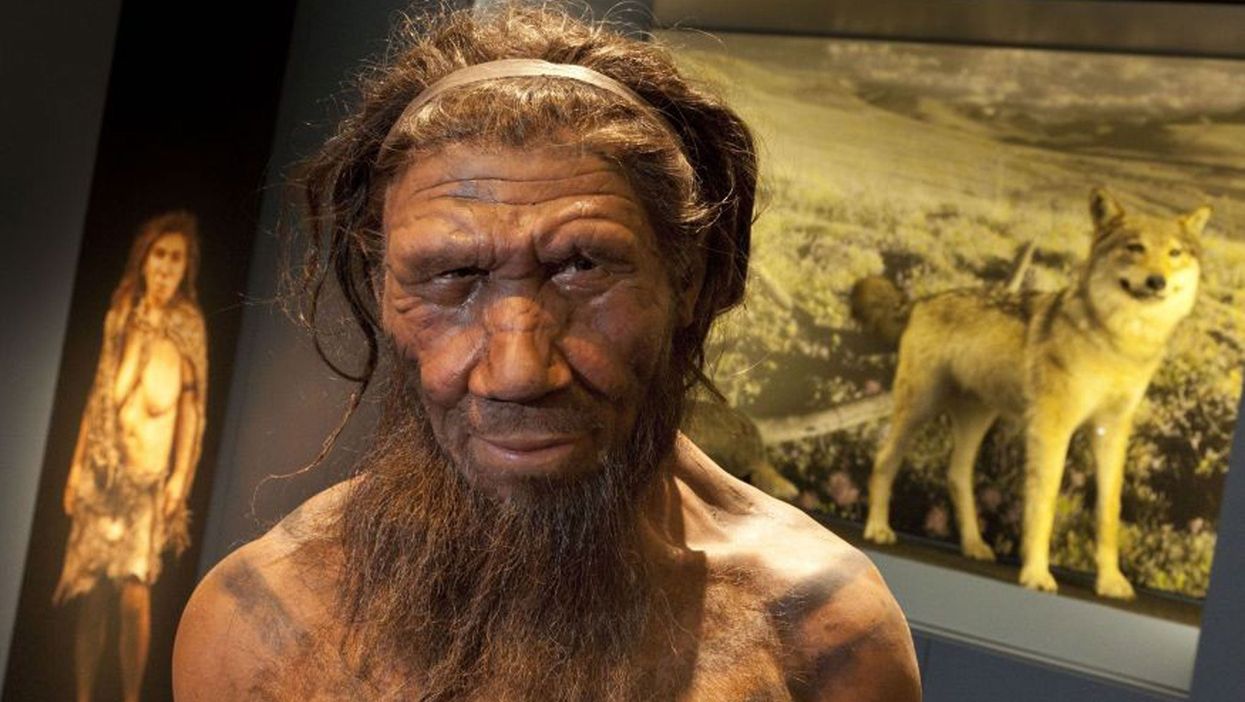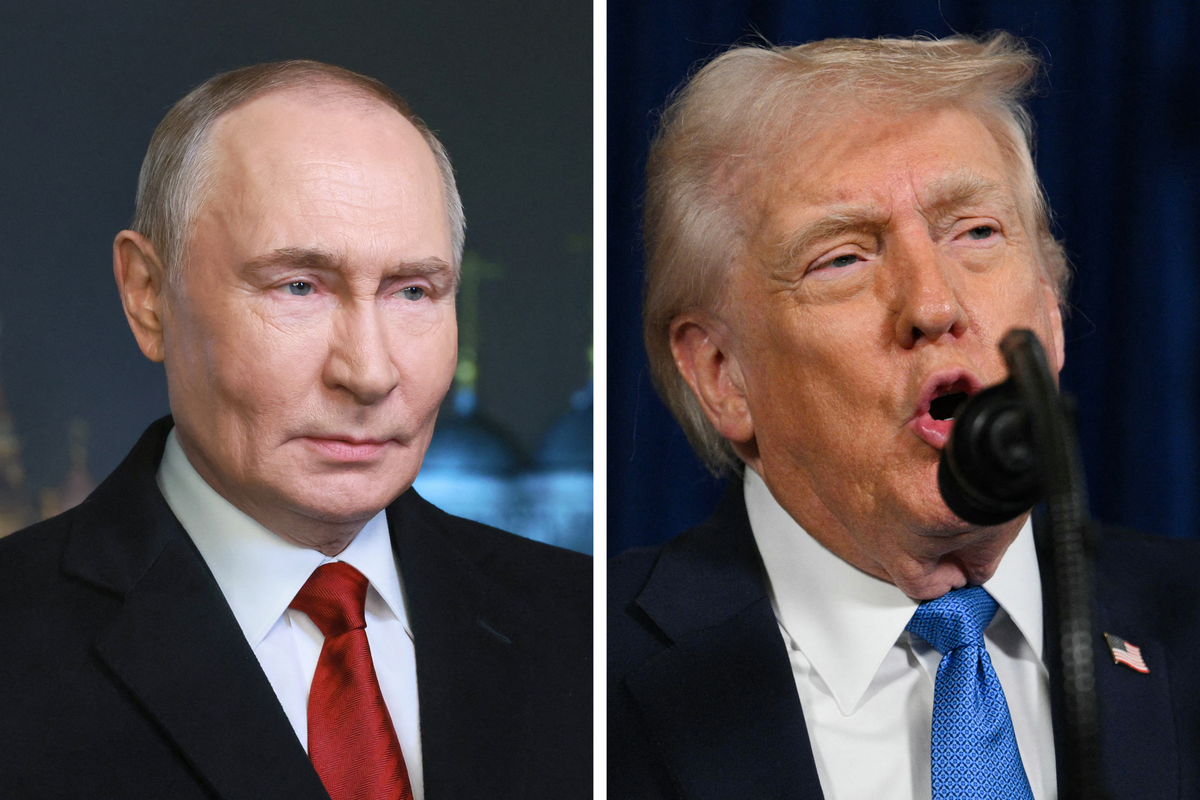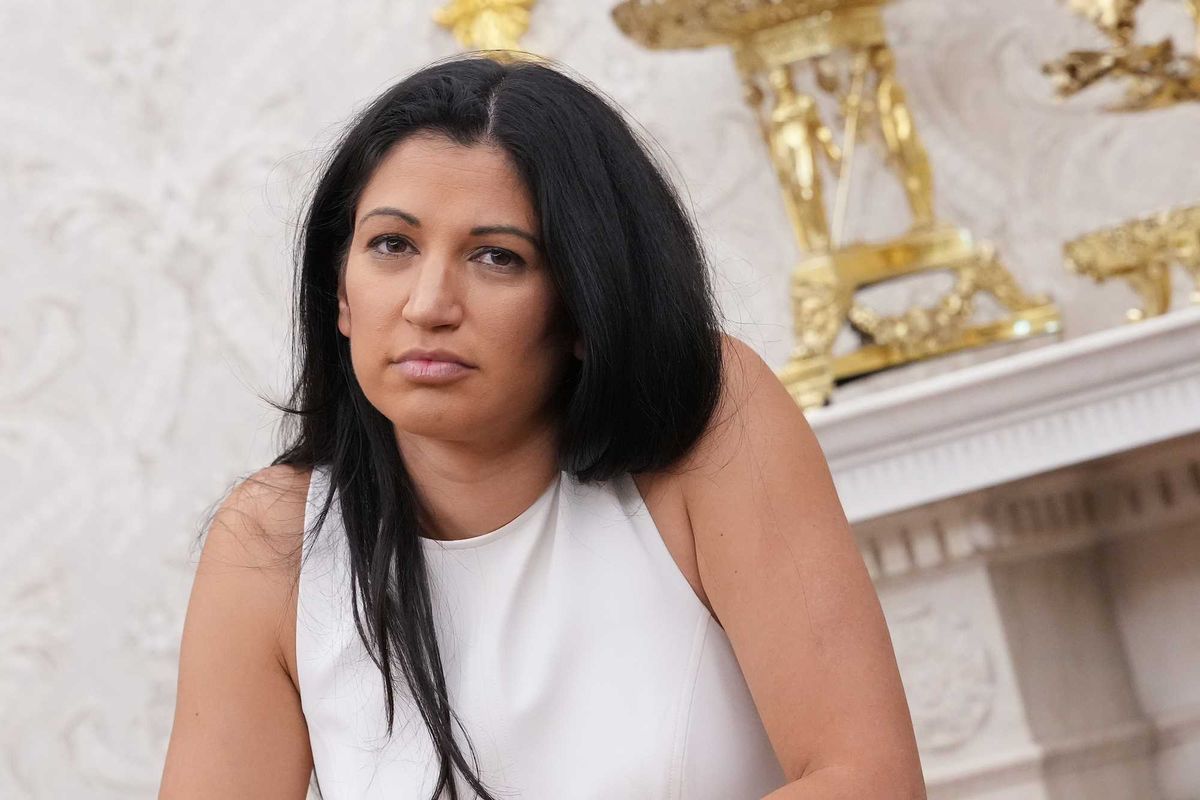News
Jessica Brown
Oct 06, 2017

A Neanderthal model on display at the Natural History Museum
The Natural History Museum, London
Prehistoric humans sought partners outside their family to avoid inbreeding 34,000 years ago, according to research.
Researchers from Cambridge University and University of Copenhagen argue in a new study that that this could explain why modern humans proved to outlive other species, such as Neanderthals.
They examined the genetic remains of four modern humans from the Sunghir burial site in Russia and found that the closest relatives they bred with were their second cousins. This has led the researchers to argue that early humans must have actively looked to mate with people outside their family circle.
Senior author Eske Willerslev remarked:
If small hunter-gatherer bands were mixing at random, we would see much greater evidence of inbreeding than we have here.
Their remains also suggest they may have had ceremonies and rituals to exchange mates between groups, and used ornaments to distinguish between different groups and to know who was a relative.
Each group was organised around single-sex families, where one of the sexes remains locally, while the others go to a different group to minimise inbreeding, the researchers go on to explain.
Willerslev said:
When you put the evidence together, it seems to be speaking to us about the really big questions; what made these people who they were as a species, and who we are as a result.
More: Ancient humans had sex with a mysterious other species
Top 100
The Conversation (0)













